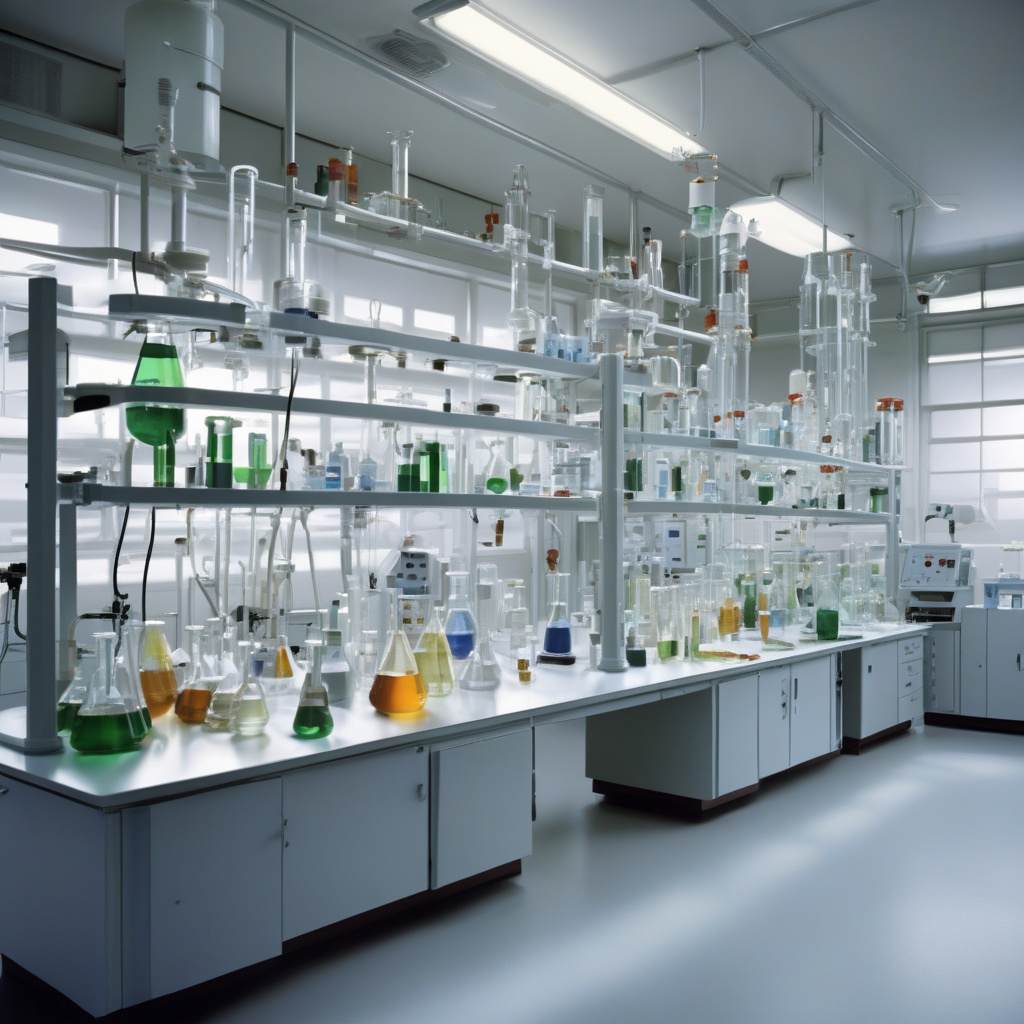Breakthrough System Turns Fossil Fuels into Plastics and Medicine Using Only Light
A research team from Colorado State University has developed a groundbreaking method to transform fossil fuels into valuable products like plastics and medicine, solely using light. This innovative approach not only addresses the environmental concerns associated with fossil fuel usage but also opens up new possibilities for sustainable manufacturing processes.
Traditionally, the extraction and processing of fossil fuels have been linked to significant environmental degradation, greenhouse gas emissions, and pollution. However, this new system offers a glimmer of hope by utilizing light to trigger chemical reactions that convert fossil fuel components into high-demand products. By harnessing the power of light, researchers have unlocked a pathway to repurpose fossil fuels in a cleaner and more efficient manner.
The key to this revolutionary process lies in the utilization of photocatalysts, which are substances that can accelerate chemical reactions when exposed to light. In this case, the research team has identified specific photocatalysts that can selectively target components of fossil fuels and facilitate their conversion into useful materials. This targeted approach minimizes waste and maximizes the yield of desired products, making the entire process more sustainable.
One of the most promising applications of this technology is the production of plastics from fossil fuel feedstocks. Plastics play a ubiquitous role in modern society, but their production is often energy-intensive and reliant on non-renewable resources. By utilizing light-driven catalysis, it becomes possible to produce plastics from fossil fuels in a way that is not only more environmentally friendly but also economically viable.
Moreover, the research team has also demonstrated the potential to convert fossil fuel derivatives into pharmaceutical compounds. This opens up new avenues for the synthesis of essential medicines and drug components, reducing the reliance on traditional manufacturing processes that may have a larger carbon footprint. The ability to harness light for such precise chemical transformations represents a significant leap forward in the field of sustainable chemistry.
Beyond the environmental and economic benefits, this breakthrough system also highlights the power of interdisciplinary research in driving innovation. By combining expertise from fields such as chemistry, materials science, and engineering, the team at Colorado State University was able to develop a solution that bridges the gap between fossil fuel utilization and sustainable product development. This collaborative approach serves as a model for future endeavors aimed at tackling complex global challenges.
As the demand for renewable alternatives to traditional manufacturing processes continues to grow, technologies like the one pioneered by the Colorado State University research team are poised to make a significant impact. By leveraging the inherent properties of light to drive chemical transformations, we are moving closer to a future where fossil fuels can be repurposed in a way that benefits both the economy and the environment.
In conclusion, the breakthrough system that turns fossil fuels into plastics and medicine using only light represents a paradigm shift in how we approach resource utilization and product manufacturing. By embracing the potential of photocatalysis and sustainable chemistry, we are paving the way for a more efficient and environmentally conscious future.
#FossilFuelTransformation, #SustainableChemistry, #InnovativeManufacturing, #EnvironmentalSustainability, #ResearchBreakthrough












